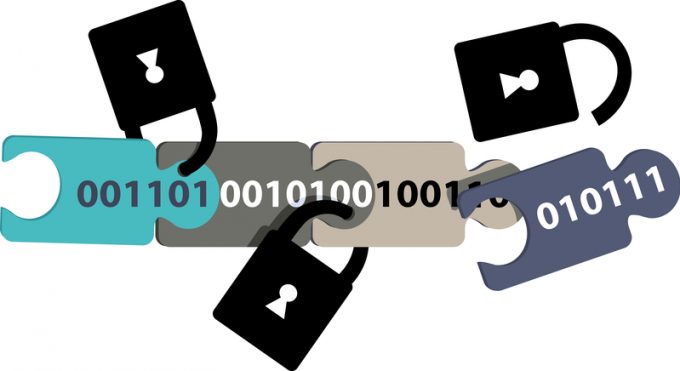Hapag 'took the bigger risk' when it signed up to Gemini, says Maersk
Hapag-Lloyd “took the bigger risk” in the partnership with Maersk in the Gemini Cooperation, according ...

Blockchain – the technology behind digital asset and payment system Bitcoin – is being mooted as the next big thing for supply chains.
But how can this fledgling technology be used to benefit logistics and the greater supply chain? The answer lies in its potential to speed up administrative processes and to take costs out of the system while still guaranteeing the security of transactions.
The underlying principle of blockchain is to provide a secure environment where encrypted business transactions between buyer ...
Keep our news independent, by supporting The Loadstar
Spot rates on transpacific surge after news of tariff time-out
European port congestion now at five-to-six days, and getting worse
'Cargo collision' expected as transpacific capacity tightens and rates rise
Houthis declare blockade of port of Haifa – 'vessels calling will be targets'
Another CMA CGM vessel heading for Suez Canal – 'to mitigate schedule delay'
News in Brief Podcast | Week 20 | 90-day countdown, India and Pakistan
Threat to airport operations as India revokes security clearance for handler Çelebi
Ocean rates rise after tariff pause acts as 'starting gun' for more front-loading
South America will benefit as air cargo traffic diverts from the transpacific
Demand for transpac airfreight capacity returning – but 'it's not ecommerce-driven'
CMA CGM will carry on investing after 'solid' Q1, despite unclear outlook
Air cargo forwarders stick to spot rates – a long-term contract would be 'foolish'
Brazil's outdated and inefficient ports the barrier to economic growth
Yang Ming chief announces rethink on ordering 'megamax' box ships
Navigating supply chain trends in 2025: efficiency, visibility, and adaptability

Comment on this article
Akeo
October 18, 2018 at 8:30 amThanks for sharing
Reits Jay
May 10, 2021 at 11:31 amNice post. thanks for sharing